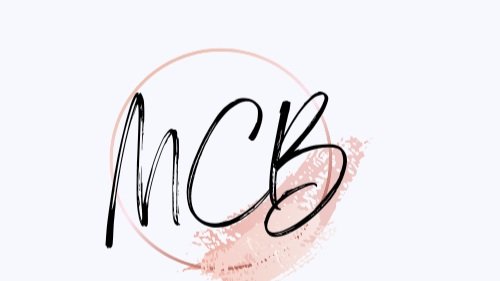Creating a Happy Workplace
Creating a happy workplace involves several elements. These elements range from identifying the unique skills of each team member to welcoming coworkers with a smile and organizing team-building retreats or other morale-enhancing events.
Keeping employees in the loop
Keeping employees in the loop is crucial for keeping their morale high. It helps them feel like they have a say in the company's direction. It also promotes teamwork and communication. It is also an excellent way for employees to learn and perform better.
A well-informed employee is more likely to stay with the company or organization. Necessary information-sharing can make employees feel appreciated. Appreciated employees are more likely to remain with the company for the long haul. They are also more likely to perform better, leading to higher sales and customer retention. There's a strong correlation between happy employees and happy customers.
Keeping employees in the loop can be as simple as giving them a brief update on the company's latest performance. Keeping employees in the loop also improves communication and helps them feel like part of the team. This is especially important in a rapidly changing business environment.
Another way to keep employees happy is to offer them some form of flexibility. Offering flexible hours allows employees to manage their work-life balance and maintain their sanity. Ultimately, this leads to less stress and distractions and, therefore better decisions.
Organizing team-building events
Organizing team-building events are a great way to get your employees excited and engaged in the workplace. When done correctly, team building can help employees improve their work-life balance. It can also help boost morale and boost employee productivity.
First, set a budget. The costs of team-building events will vary based on the activities you choose. Once you have determined a budget, you can select activities that fit within your budget. Your team may want to participate in or organize a TEDx Talk. These talks are designed to inspire attendees to think outside the box. They can also help attendees learn a skill or learn about business practice.
The activities you choose should be fun, interactive, and aimed at developing collaboration and communication. They can also help your employees learn about your company's values and culture.
When selecting a venue, ensure it can accommodate your chosen group size. This will help reduce the amount of travel time and expenses involved.
Identifying employees' unique abilities
Identifying employees' unique strengths is a vital part of the hiring process. It's also a crucial part of creating a successful, happy workplace. There are a few key factors to consider when identifying employees' strengths, but in the end, the job is to determine which employees best fit a specific position or job function.
First, you'll want to be clear on what you are looking for. Do you want to know which employees are most likely to succeed? You'll also want to know who's expected to falter. In addition, you'll want to understand how well your employees fit into your organization. A happy employee is a more productive worker.
Second, you'll want to identify the best possible methods of evaluating your employees' strengths. If you're struggling with this, you can use an evaluation tool such as Gallup's Strengths Orientation Index (SOI). The SOI can help you identify which employees have the best strengths and which may need more coaching to excel.
Greeting coworkers with a smile
Greeting coworkers with a smile is one of the best things you can do to make your workplace happy. Studies have shown that smiling improves health and boosts productivity. It also helps people feel more confident.
Studies have also shown that people who smile are likelier to stick around for a long time. They are more productive and more creative. They are also more dedicated. They are also more likely to have good morale, which is crucial to creating a happy workplace.
Studies have also shown that happy employees are more creative. They are more innovative and likely to stick around for extended periods. They are also more likely to contribute to company-wide initiatives. They are also more likely to get promotions.
